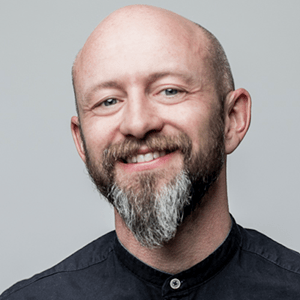
Autor: Markus Sekulla
Hi, ich bin Markus. Ich bin freiberuflicher Unternehmensberater im Bereich Kreative/Digitale Kommunikation. Ich befasse mich in der nicht immer trennscharfen Frei- und Arbeitszeit am liebsten mit New Work, Trends, Gadgets und zukunftsfähigen Ideen. In der richtigen Freizeit bin ich ein ziemlicher Gesundheitsfreak: eat, run, sleep, repeat.
Markus Sekulla bei LinkedIn